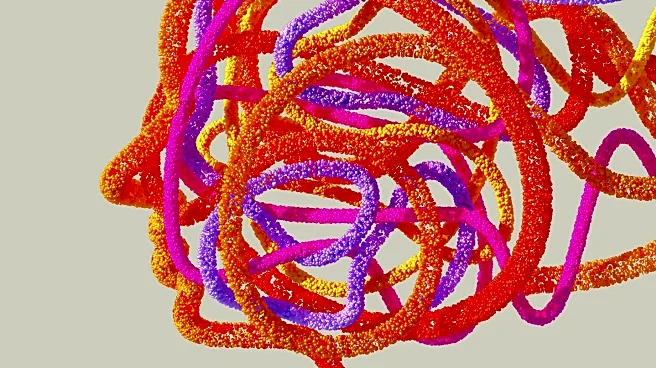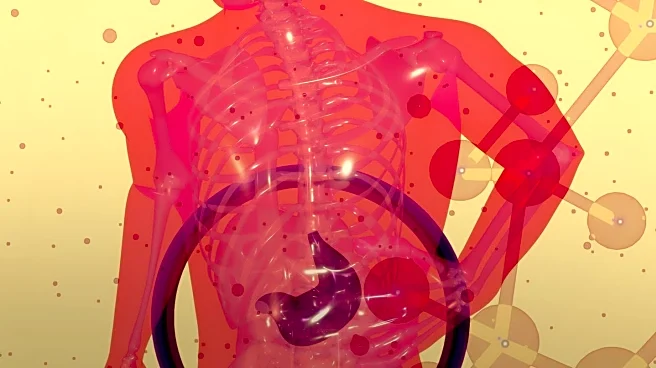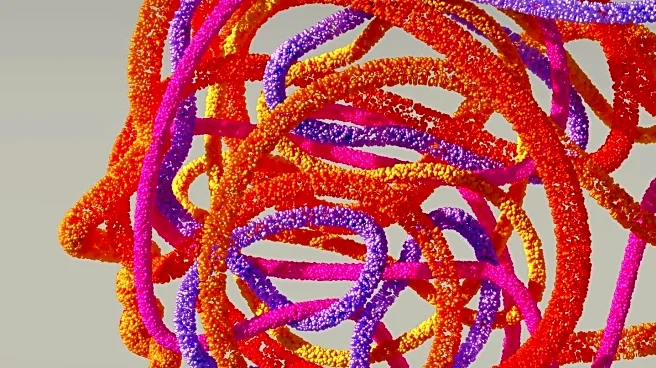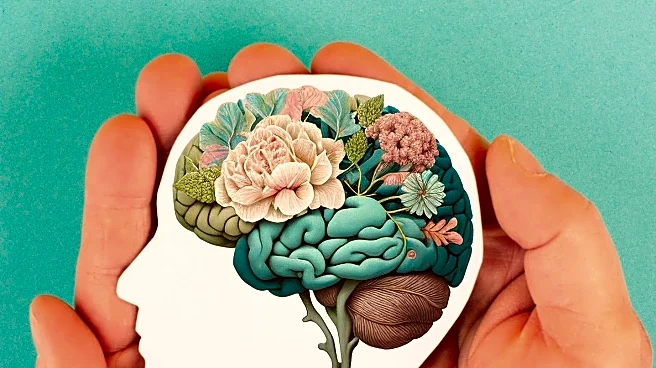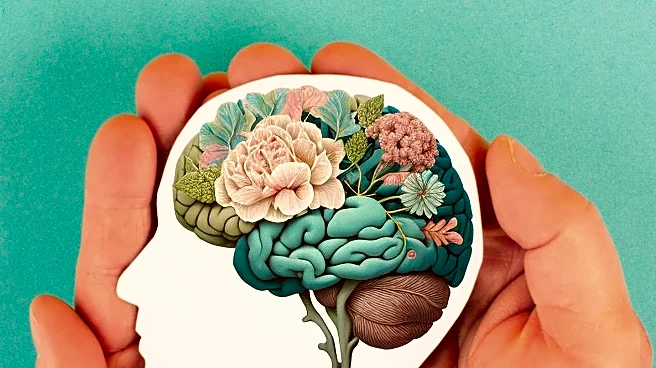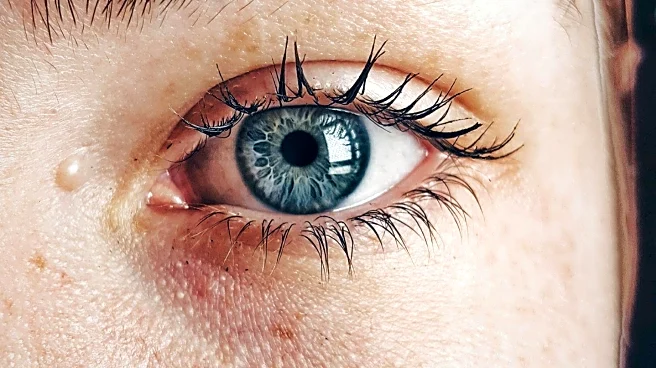What's Happening?
A recent study has uncovered a feedback loop between the pancreas and the hippocampus that may explain mood swings in bipolar disorder. Researchers found that overexpression of the bipolar risk gene RORβ in pancreatic β cells alters insulin release and mood-related behaviors. In mice, this genetic alteration led to depression-like behaviors during the day and mania-like behaviors at night, driven by shifts in insulin release and hippocampal activity. The study suggests that metabolic and mood symptoms in bipolar disorder are intertwined through a circadian brain-body circuit.
Why It's Important?
This discovery offers a novel biological explanation for the co-occurrence of metabolic changes and mood swings in bipolar disorder. It highlights the potential for treatments targeting pancreatic function or circadian regulation to stabilize mood cycles. The findings could inspire new therapeutic approaches that address both metabolic and neural systems, potentially benefiting individuals with bipolar disorder and other neuropsychiatric conditions where metabolic changes and mood dysregulation co-occur.
What's Next?
Further studies are needed to confirm the pancreas-hippocampus feedback loop in humans and explore whether interventions targeting RORβ or insulin regulation can alter mood cycles. If successful, this could open a new therapeutic frontier where treating the body is as crucial as treating the brain. Researchers may also investigate the role of circadian rhythms in mood disorders and explore interventions that align with or correct circadian disruptions.
Beyond the Headlines
The study underscores the importance of considering time-of-day effects in research and treatment. Interventions such as medication timing, light therapy, or dietary patterns that align with circadian rhythms may help normalize the pancreas-hippocampus feedback cycle. This integrative model bridges psychiatry, metabolism, and chronobiology, reframing bipolar disorder as a whole-body condition.
